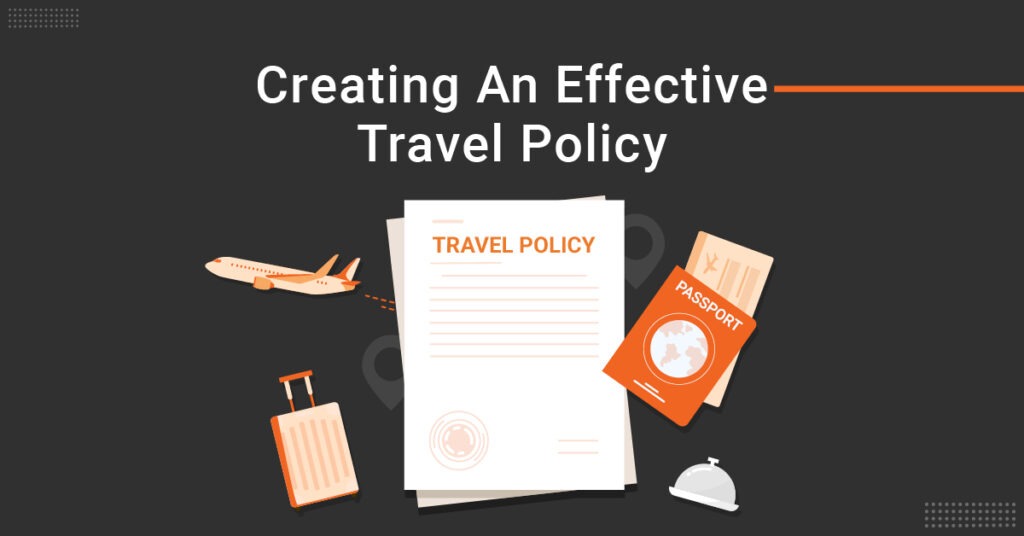
Your Guide to the Hottest Live Music Spots
Finding Your Vibe: Genre-Specific Venues
The best live music spot isn’t a one-size-fits-all affair. Your ideal venue depends entirely on your musical taste. If you’re a die-hard metalhead, a tiny, sweaty club is probably your happy place. Conversely, if you prefer the elegance of a symphony orchestra, a grand concert hall is more your style. Do your research! Check out local listings and websites to identify venues known for hosting your favorite genres. Don’t be afraid to venture beyond the big names; smaller clubs often host incredible up-and-coming artists.
Size Matters: Intimate Shows vs. Stadium Concerts
The atmosphere of a


![Experience the Future with [Feature Name] Experience the Future with [Feature Name]](https://images.unsplash.com/photo-1482329833197-916d32bdae74?fm=jpg&q=60&w=3000&ixlib=rb-4.0.3&ixid=M3wxMjA3fDB8MHxzZWFyY2h8Nnx8bmV3JTIwZmVhdHVyZSUyMGxhdW5jaHxlbnwwfDB8MHx8fDI%3D)











































![The Future of HR is Here Meet [Software Name] The Future of HR is Here Meet [Software Name]](https://images.unsplash.com/photo-1581092162384-8987c1d64718?fm=jpg&q=60&w=3000&ixlib=rb-4.0.3&ixid=M3wxMjA3fDB8MHxzZWFyY2h8OHx8aHIlMjBzb2Z0d2FyZSUyMHRvb2x8ZW58MHwwfDB8fHwy)




![Launch Sale Huge Savings on [Product Name] Launch Sale Huge Savings on [Product Name]](https://images.unsplash.com/photo-1455849318743-b2233052fcff?fm=jpg&q=60&w=3000&ixlib=rb-4.0.3&ixid=M3wxMjA3fDB8MHxzZWFyY2h8MTd8fG5ldyUyMGxhdW5jaCUyMHByb21vdGlvbnxlbnwwfDB8MHx8fDI%3D)





